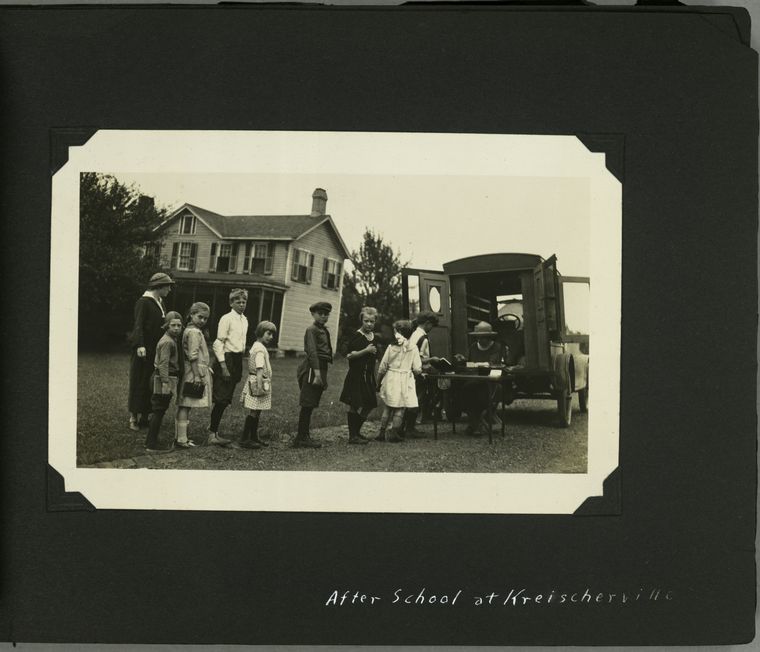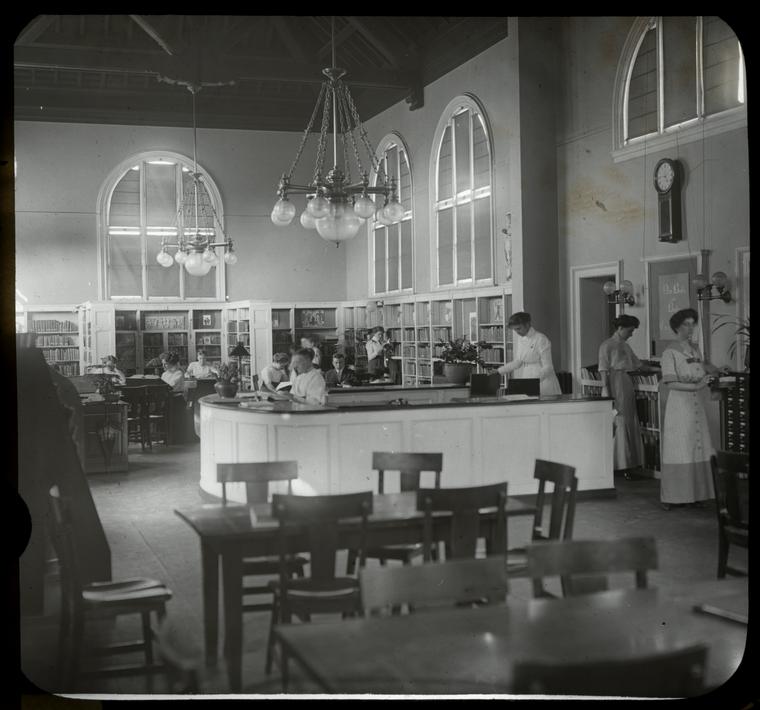Read E-Books with SimplyE
 With your library card, it's easier than ever to choose from more than 300,000 e-books on SimplyE, The New York Public Library's free e-reader app. Gain access to digital resources for all ages, including e-books, audiobooks, databases, and more.
With your library card, it's easier than ever to choose from more than 300,000 e-books on SimplyE, The New York Public Library's free e-reader app. Gain access to digital resources for all ages, including e-books, audiobooks, databases, and more.
If you don’t have an NYPL library card, New York State residents can apply for a digital card online or through SimplyE (available on the App Store or Google Play).
Need more help? Read our guide to using SimplyE.





![Staten Island Hospital New Building, Castleton Ave. Staten Island, N.Y. [old S.R. Smith Infirmary visible in background], Digital ID 104762, New York Public Library Staten Island Hospital New Building, Castleton Ave. Staten Island, N.Y. [old S.R. Smith Infirmary visible in background], Digital ID 104762, New York Public Library](https://images.nypl.org/?id=104762&t=w)





![Ferry between Perth Amboy, N.J., and Tottenville, Staten Island, N.Y. [old green ferry on water], Digital ID 104698, New York Public Library Ferry between Perth Amboy, N.J., and Tottenville, Staten Island, N.Y. [old green ferry on water], Digital ID 104698, New York Public Library](https://images.nypl.org/?id=104698&t=w)










